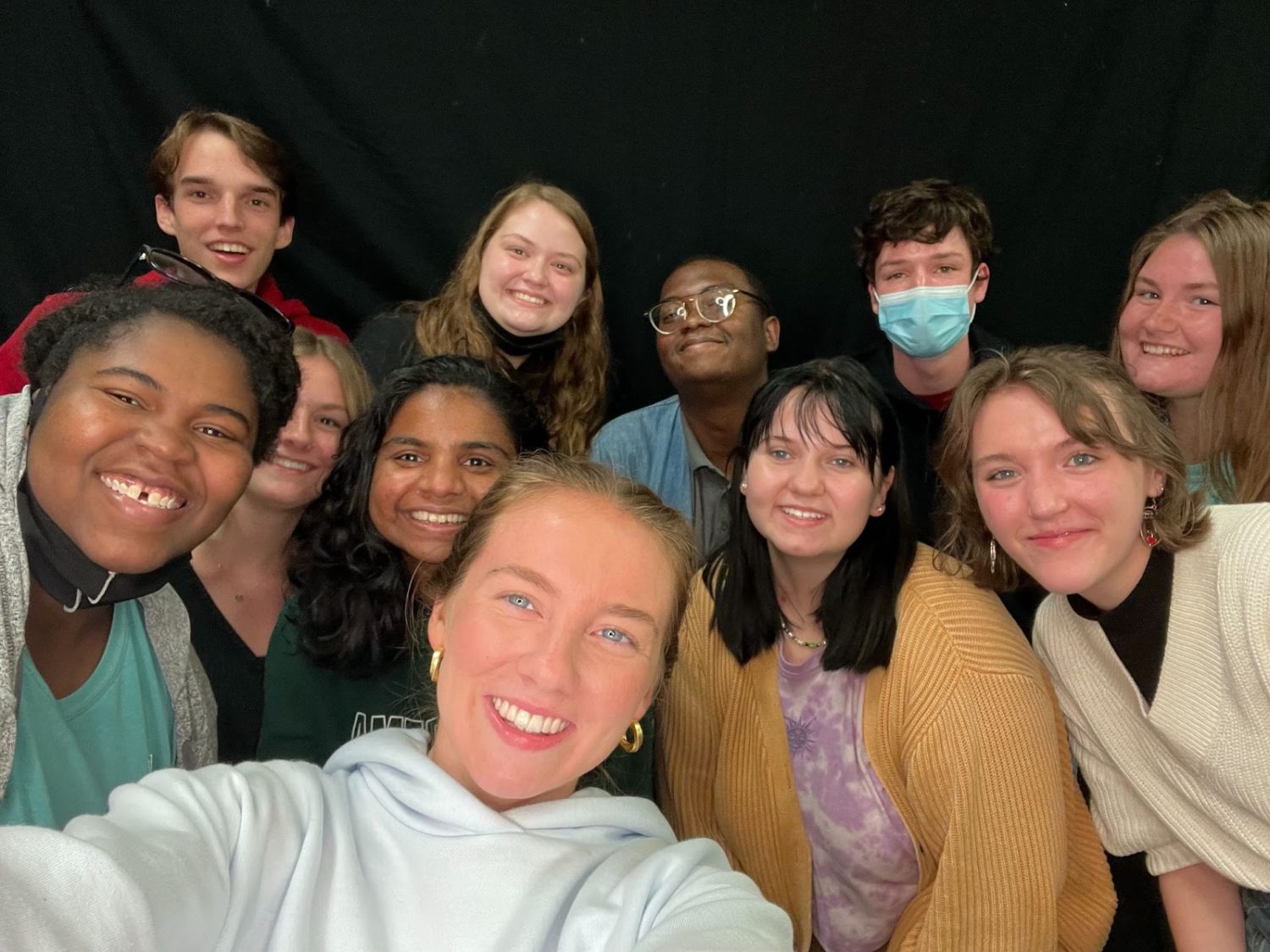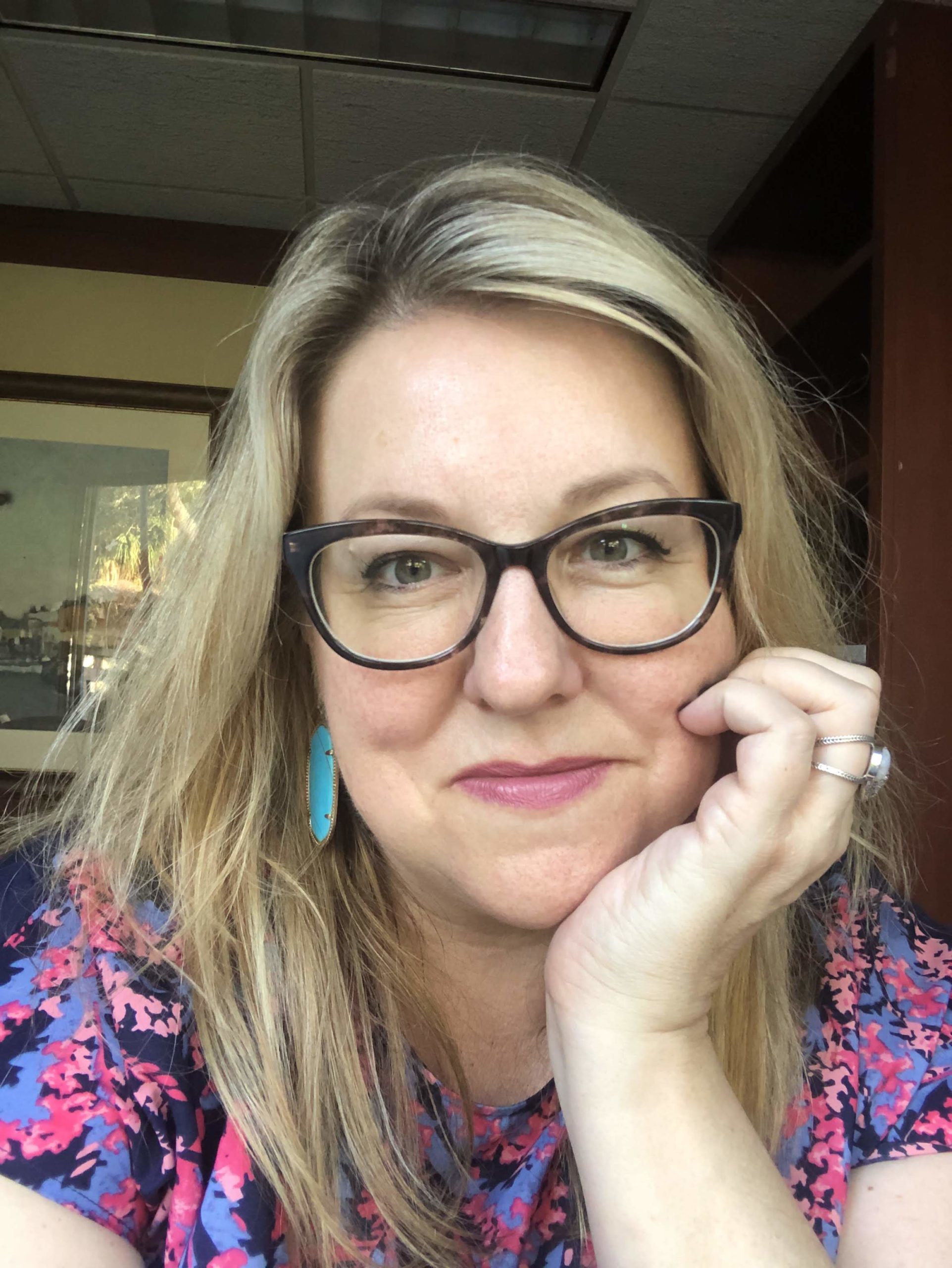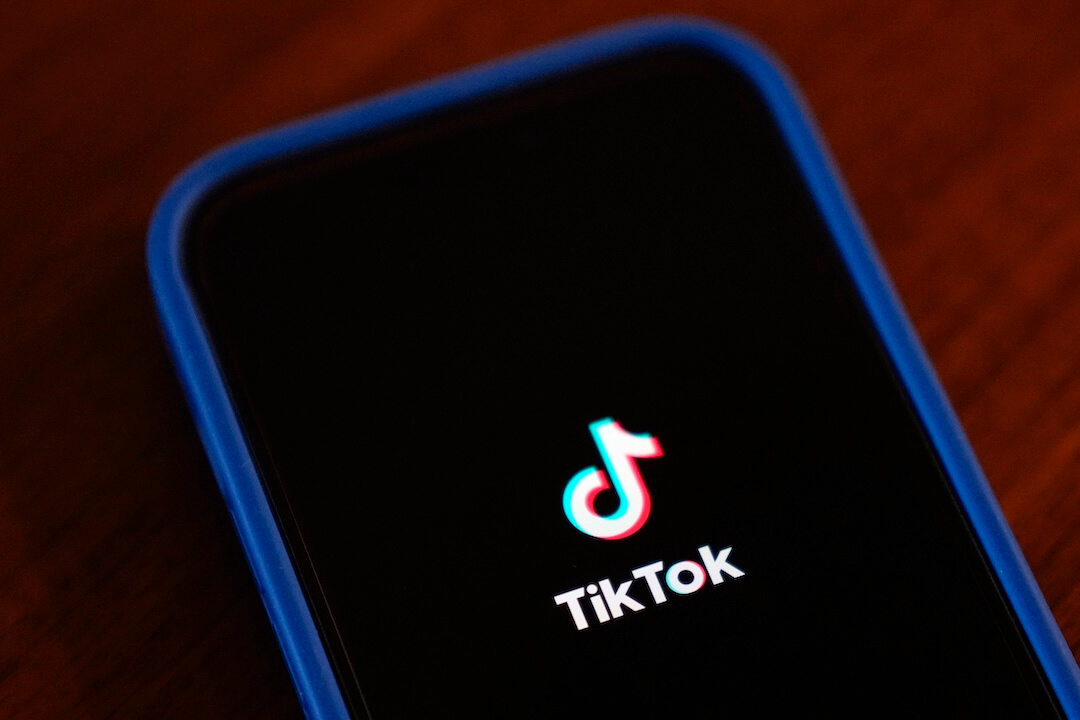The Crimson White pitched an ambitious plan to the Poynter College Media Project in the spring of 2021: to create its own COVID-19 dashboard that would reflect a more accurate count of cases and vaccination rates than the University of Alabama was reporting.
The university, however, wasn’t jumping to help its student newspaper. So the team pivoted as it submitted open records requests and met with sources, still hoping to get access to what seemed like documents that should be public. They provided regular coverage of the pandemic as students returned to the sprawling Southern campus where rates of vaccinations were low and caseloads high.
Student journalists in the Poynter College Media Project were selected through an application process in the spring of 2021 that asked them to propose an investigation that centered on a problem or issue facing their campus. Dozens of student media outlets applied, and seven were selected for the program, which provided custom project planning, ongoing support from Poynter personnel and a slate of high-profile speakers. They included four-time Pulitzer winner David Barstow, Atlantic staff writer Ed Yong and Sara Ganim, who broke the Jerry Sandusky story as a young reporter.
The project was supported by a grant from the Charles Koch Foundation.
“We were pretty dissatisfied with the information that the university would publicly share about the state of COVID on campus,” said editor-in-chief Keely Brewer. “(UA’s) dashboard tells us things like the number of positive cases on campus, but not the number of tests conducted. It doesn’t tell us whether those results came from a campus testing site or an independent testing site. It tells us how many students and employees have received at least one dose of a vaccine, but it won’t disclose how many have received both.
“So there’s some information there and it’s a good start, but it’s very limited and it doesn’t give us a good picture of COVID on campus.”
Brewer said that when students returned to the University of Alabama in the fall of 2021, previous COVID-19 safety measures — including random and campus reentry testing — disappeared. That inspired them to take a closer look at the situation.
Their body of work included dozens of online stories like “Is COVID still a concern for campus?,” “How the federal employee vaccine mandate will affect UA employees” and “UA reports 58% student vaccination rate as campus cases double.”
“From my perspective, at least, I really saw the attitudes of students change and our interviews with them change over time, as the university rolled back restrictions,” Brewer said, despite numbers that continued to trend negatively. “We can’t really say definitively, but I think we saw a big shift in the general attitude toward COVID on campus as the university rolled back all of these mandates and policies.”
Brewer said that she was particularly fond of her staff’s reporting on the authenticity of vaccination cards that Alabama students submitted for incentives.
“They only verify about 2% of vaccine cards that come through their office and they had not found any (fakes) so far this semester, which we thought was pretty unlikely on a campus of 40,000 students,” Brewer said.
News editor Zach Johnson and assistant news editor Isabel Hope supervised coverage and facilitated assignments over the course of the project, with additional guidance from managing editor Bhavana Ravala. Reporters Grace Schepis, Kelby Hutchison, Jack Maurer and Ainsley Platt submitted open records requests and wrote a combined 30+ stories. They were advised by Monique Fields.
The biggest challenges they faced this semester were “really just rejection and lack of response and accessibility of public records for us,” Brewer said. “I believe we had two open records requests fulfilled of the dozen or so that we submitted.”
Still, Brewer said, the project was a success because it narrowed the paper’s focus and created a path to helping students, faculty and staff understand the pandemic’s impact.
“Even though … we didn’t get to accomplish our original goal, I know that our reporting on COVID improved because of it, and I think it translated to a new mindset for our reporting in general and thinking about the kinds of questions we’re asking.”







